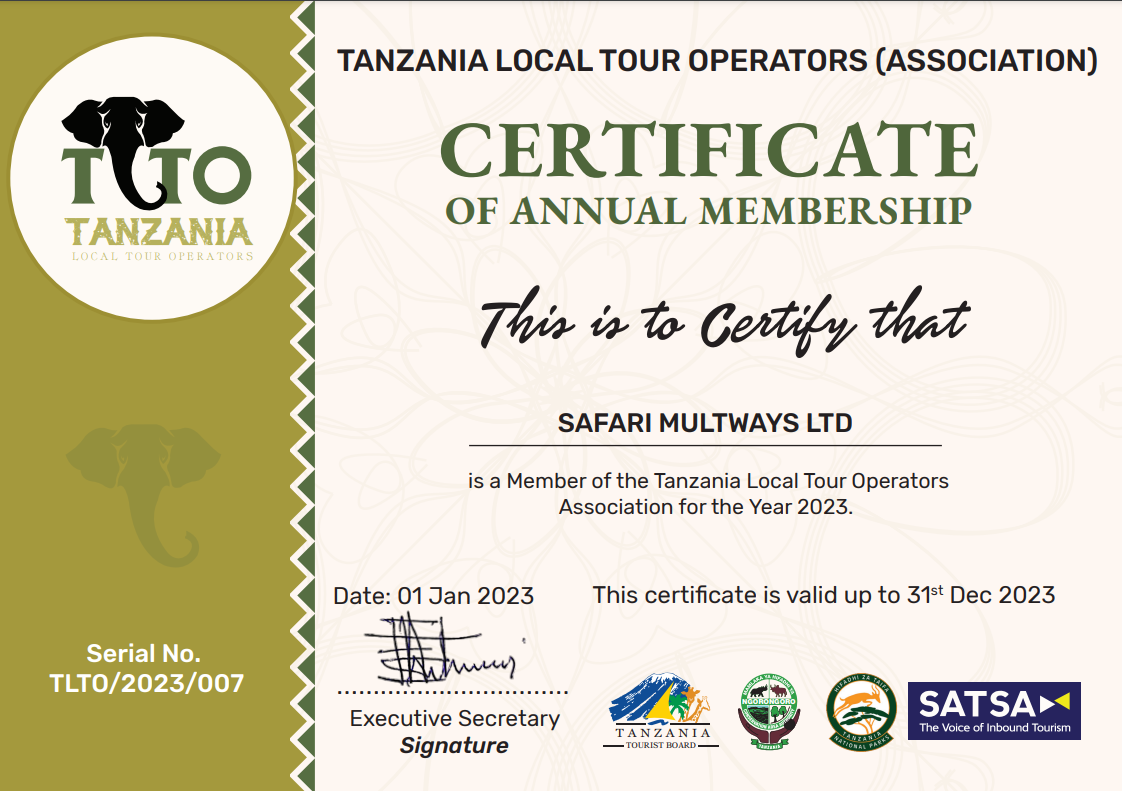The Ultimate Guide: When to Conquer Kilimanjaro
The Ultimate Guide: When to Conquer Kilimanjaro
Planning Your Journey to the Top
Mount Kilimanjaro, the highest peak in Africa, is a dream destination for many adventure seekers around the world. This majestic mountain offers a challenging yet rewarding experience for those who are willing to push themselves to the limits. However, before embarking on this epic journey, it is essential to carefully plan your climb to ensure a safe and successful summit.
The first step in planning your Kilimanjaro expedition is selecting the right route. There are several routes to choose from, each offering a unique experience in terms of scenery, difficulty, and duration. The Marangu route, also known as the "Coca-Cola" route, is the most popular and relatively easier route, while the Machame route is more challenging but offers stunning views along the way. It is important to consider your fitness level, experience, and preferences when choosing a route.
Next, you need to decide when to climb Kilimanjaro. The timing of your climb can significantly impact your overall experience and chances of success. Factors such as weather conditions, crowd levels, and wildlife sightings should be taken into consideration when determining the best time to conquer Kilimanjaro.
Timing is Everything: Best Time to Climb Kilimanjaro
The best time to climb Kilimanjaro is during the dry season, which typically falls between the months of June to October and January to March. During these months, the weather is more stable, and there is less chance of encountering rain or snow, making for a more enjoyable and safer climb. Additionally, the clear skies offer stunning views of the surrounding landscape, including the iconic snow-capped peak of Kilimanjaro.
June to October is considered the peak climbing season, with July and August being the busiest months on the mountain. If you prefer a quieter climb with fewer crowds, you may want to consider climbing Kilimanjaro in January or February. However, keep in mind that the weather can be colder during these months, so be sure to pack accordingly.
It is important to avoid climbing Kilimanjaro during the rainy season, which typically occurs in April, May, and November. During this time, the mountain experiences heavy rainfall, slippery trails, and reduced visibility, making for a challenging and less enjoyable climb. The risk of altitude sickness is also higher during the rainy season, as the wet conditions can exacerbate symptoms.
In conclusion, the ultimate guide to conquering Kilimanjaro involves careful planning and consideration of the best time to climb. By choosing the right route and timing your climb during the dry season, you can increase your chances of reaching the summit and enjoying a memorable adventure on Africa’s highest peak. So lace up your hiking boots, pack your bags, and get ready to embark on the journey of a lifetime to the top of Mount Kilimanjaro!



